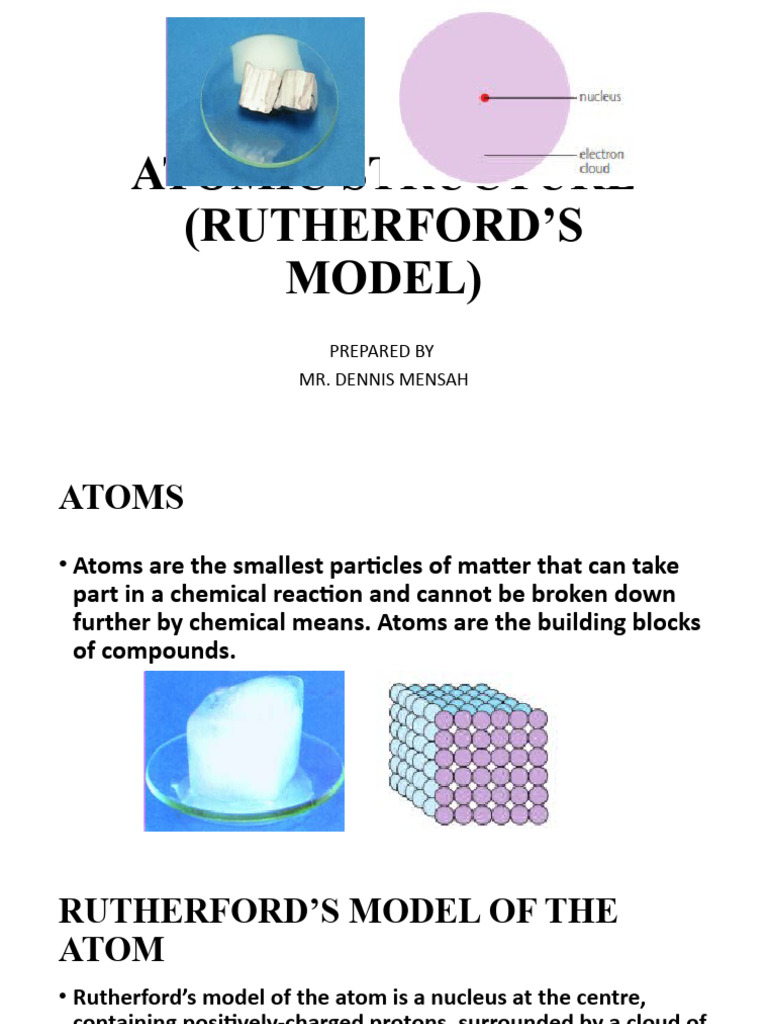Atomic structure forms the foundation upon which the entire discipline of chemistry is constructed. Understanding atomic structure is crucial, not only for chemists but also for physicists, biologists, and materials scientists. The atom is the smallest unit of matter that retains the properties of an element, and the way in which atoms are arranged, combined, and transformed greatly influences chemical behavior and reactivity. In the following sections, we will delve into the significance of atomic structures, their historical context, their role in modern chemistry, and their implications across various scientific disciplines.
1. Historical Context of Atomic Theory
The quest to comprehend atomic structure has evolved over centuries, significantly impacting the scientific community’s understanding of matter. Early philosophical concepts, such as those posited by Democritus and later expanded by John Dalton in the early 19th century, introduced the idea that matter is composed of indivisible particles termed atoms. Dalton’s atomic theory laid the groundwork for numerous subsequent discoveries by emphasizing the distinctiveness of elements based on atomic mass and the formation of compounds through atom combinations.
Over time, advancements in technology and experimental techniques led to the discovery of subatomic particles, which initially challenged the notion of indivisibility proposed by early philosophers. J.J. Thomson’s identification of electrons in 1897 and Ernest Rutherford’s gold foil experiment in 1911, which unveiled the nuclear model of the atom, represented significant milestones in the atomic theory journey. These studies revealed that atoms consist of a dense nucleus composed of protons and neutrons, surrounded by a cloud of electrons in quantized energy levels. This comprehensive understanding has enabled chemists to predict atomic behavior with unprecedented accuracy.
2. The Significance of Quantum Mechanics
Quantum mechanics plays an essential role in explaining atomic structure, providing insight into the behavior of subatomic particles. Classical physics cannot adequately describe the intricacies of atomic interactions; hence quantum theory introduces principles such as wave-particle duality and uncertainty. The Schrödinger equation, a pivotal element of quantum mechanics, produces probabilistic wave functions that describe the likelihood of finding an electron in a particular region around the nucleus.
This probabilistic nature of electron distribution leads to the concept of atomic orbitals—regions where there is a high probability of locating electrons. The arrangement of these orbitals is governed by quantum numbers, defining the energy levels, shapes, and orientations of the electron clouds. Recognizing the relationship between atomic orbitals and an atom’s chemical properties illuminates the basis for the periodic law and the organization of the periodic table. Understanding electron configurations aids in predicting an atom’s reactivity, bonding tendencies, and overall chemical behavior.
3. Atomic Structure and Chemical Bonding
Atomic structure directly influences the phenomenon of chemical bonding, which is essential for the formation of compounds. The two primary types of bonds—ionic and covalent—arise from the interactions between electrons in the outermost electron shells of atoms. Ionic bonds occur when there is a transfer of electrons between atoms, typically between metals and non-metals, leading to the formation of charged ions that attract each other due to electrostatic forces. Covalent bonds emerge when atoms share electrons, creating a balance that enhances stability through molecular formations.
Moreover, metallic bonding results from a sea of delocalized electrons that facilitates conductivity and malleability in metallic substances. A deep understanding of these bonding mechanisms allows chemists to manipulate materials at the molecular level, creating a plethora of compounds and identifying their unique properties. This manipulation has vast implications, from drug design in pharmacology to the development of novel materials in nanotechnology.
4. Implications for Material Science and Nanotechnology
The significance of atomic structures extends beyond traditional chemistry into the realms of materials science and nanotechnology. Scientists studying the atomic arrangements in crystals and composite materials can tailor their properties for specific applications by engineering atomic-level interactions. The advent of nanotechnology has opened a frontier where the manipulation of structures at the atomic or molecular scale leads to groundbreaking advancements in electronics, medicine, and renewable energy sources.
For instance, the development of graphene, an atomically thin form of carbon arranged in a two-dimensional lattice, exemplifies the transformative potential of understanding atomic behavior. Its exceptional electrical, thermal, and mechanical properties have sparked a revolution in various fields, including electronics and energy storage. The knowledge garnered from atomic structure informs the design of nanomaterials that can transcend conventional limitations, leading to enhanced performance in everyday applications.
5. The Interdisciplinary Nature of Atomic Structure
Recognizing the intricacies of atomic structures fosters interdisciplinary collaboration among chemists, physicists, biologists, and engineers. The fundamental principles of atomic structure permeate various scientific fields, providing a common language for exploration. In biochemistry, understanding the atomic structures of proteins and enzymes unveils their functions and interactions, ultimately advancing the field of medicine. In pharmacology, knowledge of atomic arrangements facilitates the design of more effective drug molecules that interact favorably with biological targets.
Moreover, environmental scientists utilize atomic structures to comprehend molecular interactions in climate change and pollution dynamics, leading to innovative solutions for sustainability. The interplay of atomic structures across these domains not only highlights the universality of atomic theory but also exemplifies the collaborative nature of modern scientific inquiry.
Conclusion
In summary, the importance of atomic structures in chemistry cannot be overstated. They serve as the bedrock of scientific understanding, enabling insights into the molecular foundations of matter. Through the lens of atomic structures, we gain clarity on chemical bonding, material properties, and interdisciplinary applications that stretch across numerous scientific domains. As researchers continue to explore and manipulate atomic arrangements, the potential for innovation remains boundless, underscoring the pivotal role that atomic structures will continue to play in shaping the future of science and technology.












